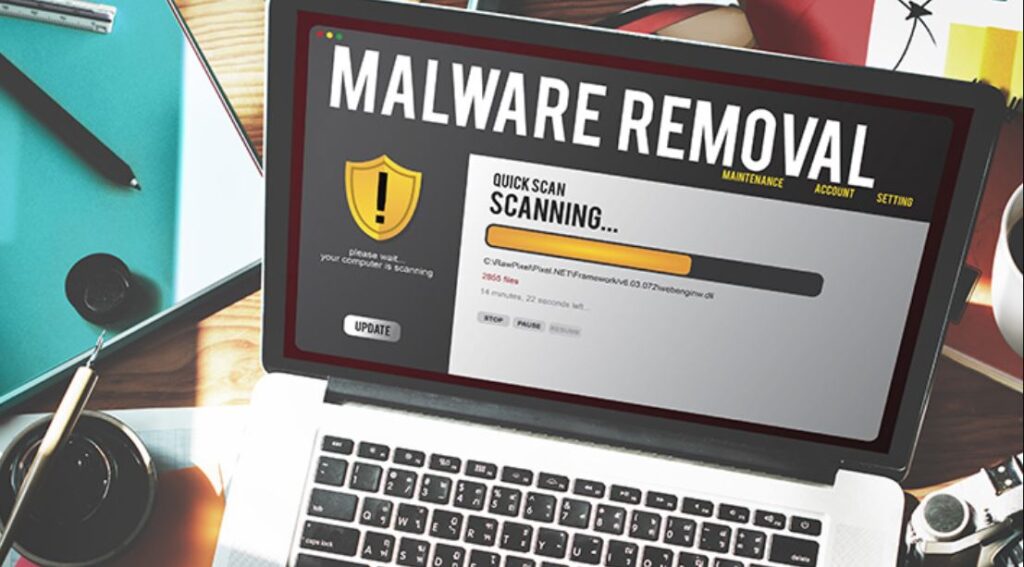Ransomware is one of the most destructive types of cyberattacks, encrypting your files and demanding payment for their release. While prevention is the best defense, knowing how to attempt file decryption can save your valuable data without giving in to cybercriminal demands.
Step 1: Identify the Ransomware Strain
Before attempting decryption, determine the exact ransomware variant you’re dealing with.
-
Look for ransom notes or file extensions.
-
Use free tools like ID Ransomware to identify the strain.
Step 2: Check for Known Decryptors
Some ransomware variants have known vulnerabilities that security researchers have exploited to create free decryption tools.
-
Websites like No More Ransom Project, Emsisoft Decryptors, and Kaspersky Decryptors offer free solutions for specific strains.
-
Make sure to download only from trusted cybersecurity sources.
Step 3: Remove the Ransomware
Before decrypting files, ensure the ransomware is completely removed from your system to prevent re-encryption.
-
Use reputable antivirus or anti-malware software.
-
Consider booting into Safe Mode for easier removal.

Step 4: Restore from Backups
If decryptors are not available, restoring files from a secure backup remains the safest recovery method.
-
Use offline or cloud backups created before the infection.
-
Ensure the restored files are scanned before use.
Step 5: Try File Recovery Tools
In some cases, file recovery software can retrieve older, unencrypted copies of files deleted during encryption.
-
Tools like Recuva or PhotoRec might help, though results vary.
Step 6: Avoid Paying the Ransom
Paying the ransom:
-
Does not guarantee decryption
-
Encourages further criminal activity
-
May put you at legal or ethical risk
Key Prevention Tips
-
Maintain regular, offline backups.
-
Keep your OS and software updated.
-
Use strong email filtering and antivirus solutions.
-
Educate yourself and your team about phishing attacks.